Combining the best of
WORD INQUIRY and STRUCTURED LITERACY
to help students learn to spell, read and write
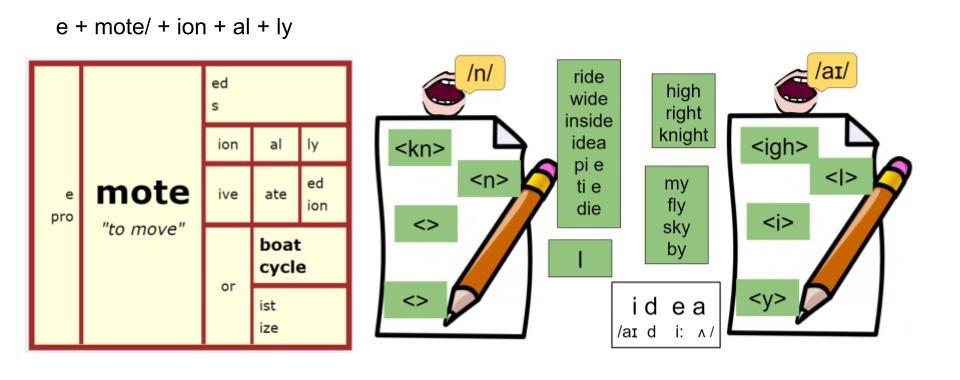
Kate McQuiggan, Literacy Specialist
For some children, learning to read and spell is a terrible struggle.
They’re told to “sound it out”. They’re given lists of ‘sight’ words to memorize. They watch their friends start to read and write and they can’t understand why something that comes so easily to others remains a jumbled mystery for them.
Word Inquiry (often known as SWI) takes away the mystery and straightens out the jumble. Word Inquiry provides explanations and reasons for how the English spelling system works. It focuses on the structure and meaning of words. When you understand that structure, there are no longer “exceptions” or “irregularities”. When you study the meaning and origins of words you discover that there are perfectly understandable reasons for the <w> in two and the double <g> in egg.
Of course, we study the letter-sound relationships too. I trained in the Orton-Gillingham approach, and I use many of those tools to help my students learn and practise this crucial skill in an explicit and systematic way.
However, we don’t leave it there. Using Word Inquiry, we discuss the letter-sound relationships in the context of the words and word families that we are exploring. We discuss why we use certain letters to spell a given sound in one word but not in another, and we explore why this happens. We can do this because we connect the phonology of a word to its meaningful parts and its history.
Simply put, every letter in an English word is there for a reason and has its own story. Together, we can explore those stories and come to understand how English spelling works.
I look forward to taking this journey of discovery with you and your child.
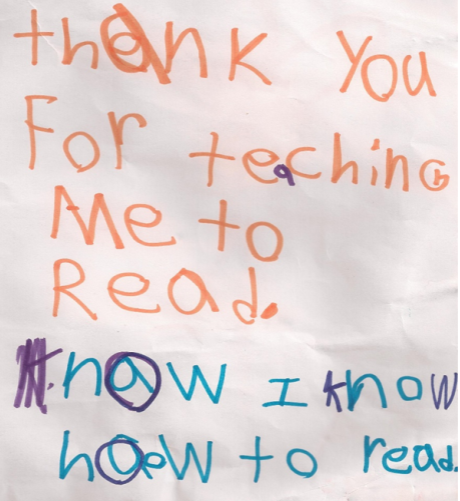
Who Am I
I am a literacy specialist. I offer individualized one-on-one lessons to children from kindergarten to grade 12.
I teach kids who are struggling with spelling, reading and writing, and specialize in helping children with language learning differences such as dyslexia. I have a passion for working with neurodivergent kids and have a lot of experience teaching students with ADHD and executive function challenges.
I also teach teachers and tutors. I work with people who are in the early stages of studying Structured Word Inquiry.
Once people have taken a few introductory courses in SWI, it can be a struggle to begin to integrate that new understanding into your teaching. The most common questions are: Where do I start? How do I introduce this to my students? What does a Word Inquiry lesson look like? What does a Word Inquiry lesson plan look like?
Having gone through that journey myself and worked closely with many colleagues at different points on that same path, I have developed a series of courses to help teachers and tutors answer those questions and begin to integrate word inquiry into their teaching.
(see: Teaching with Word Inquiry – Classes for Teachers)
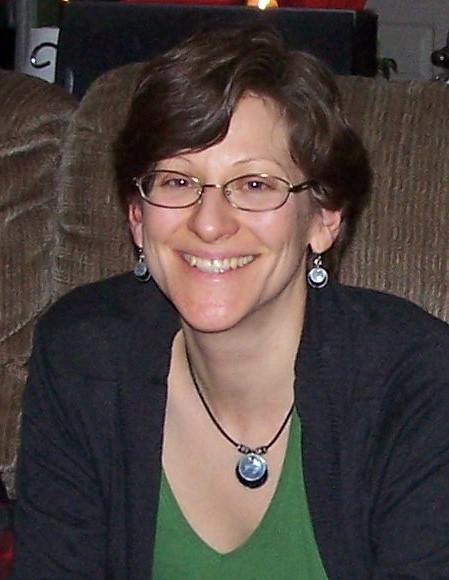
My Approach
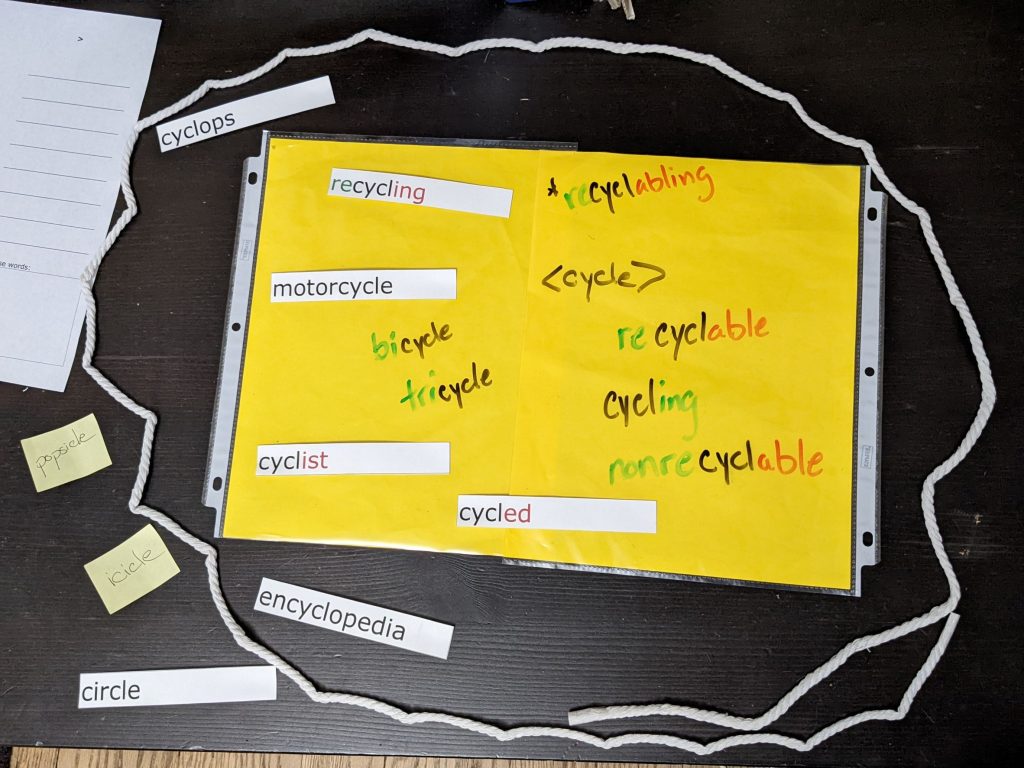
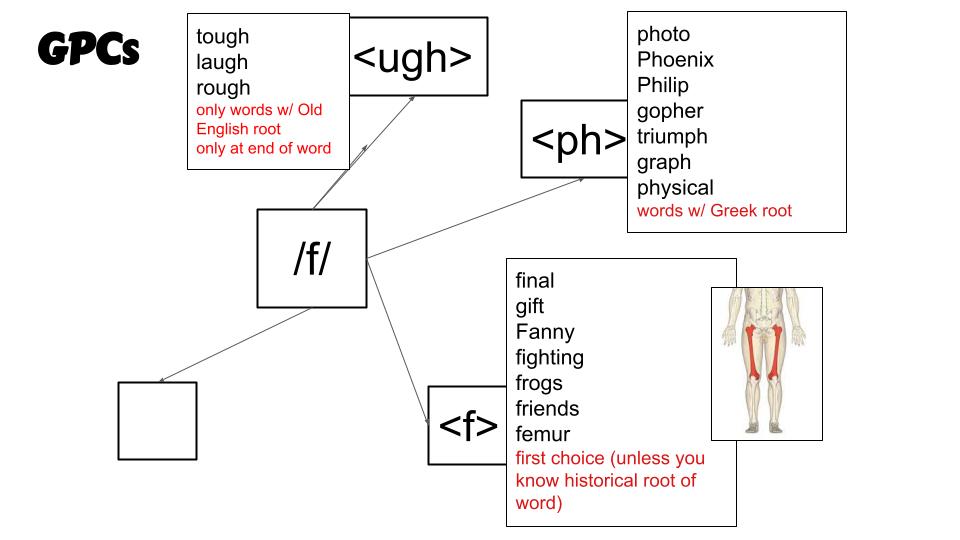
I use a combination of Word Inquiry (also known as SWI) and Structured Literacy to teach students spelling, writing and reading.
We study the meaning, structure and origin of words. We explore the grapheme/phoneme correspondences within a word (letter/sound relationships) and consider why we use certain letters to spell certain sounds in a given word. I teach students how to take this deeper understanding of the English writing system and use it to improve their spelling, reading and writing.
